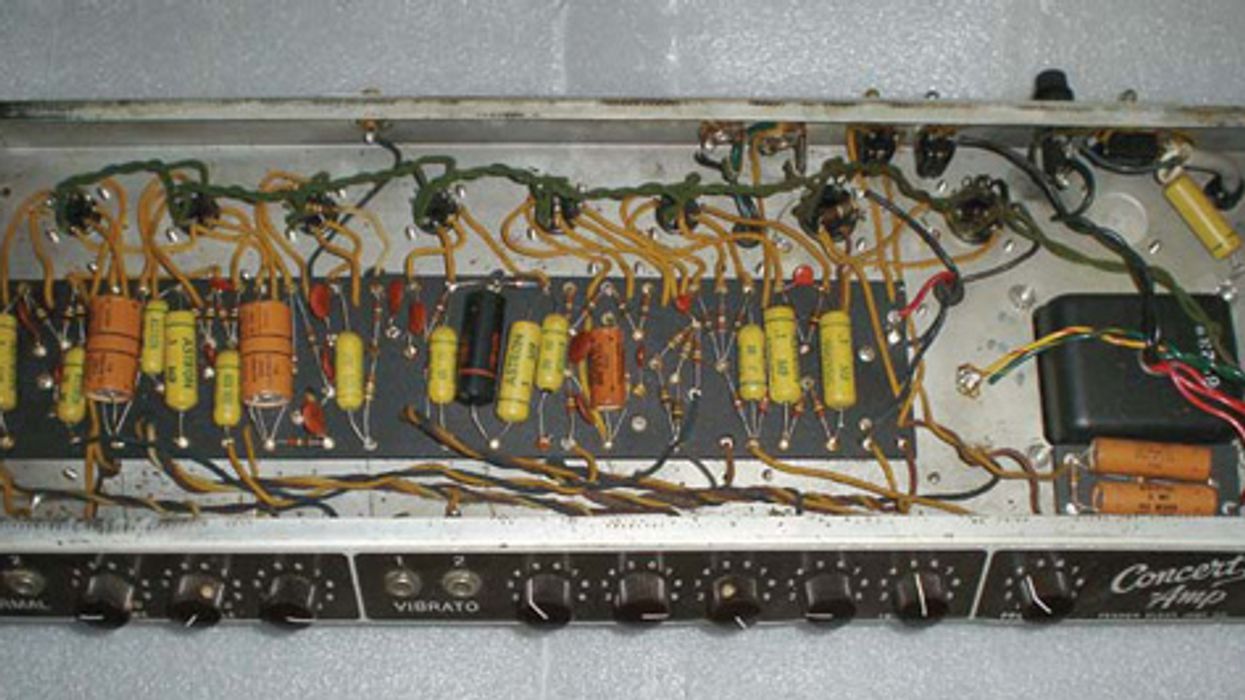Search
Latest Stories
Start your day right!
Get latest updates and insights delivered to your inbox.
questions-ask-answer-amp-virbrato-circuitry-oscillator-concerts-1960-1963-favorite-fender-brown-era-4x10-schematic-input-jacks-bass-treble-volume-trad
Don’t Miss Out
Get the latest updates and insights delivered to your inbox.
Recent
load more

